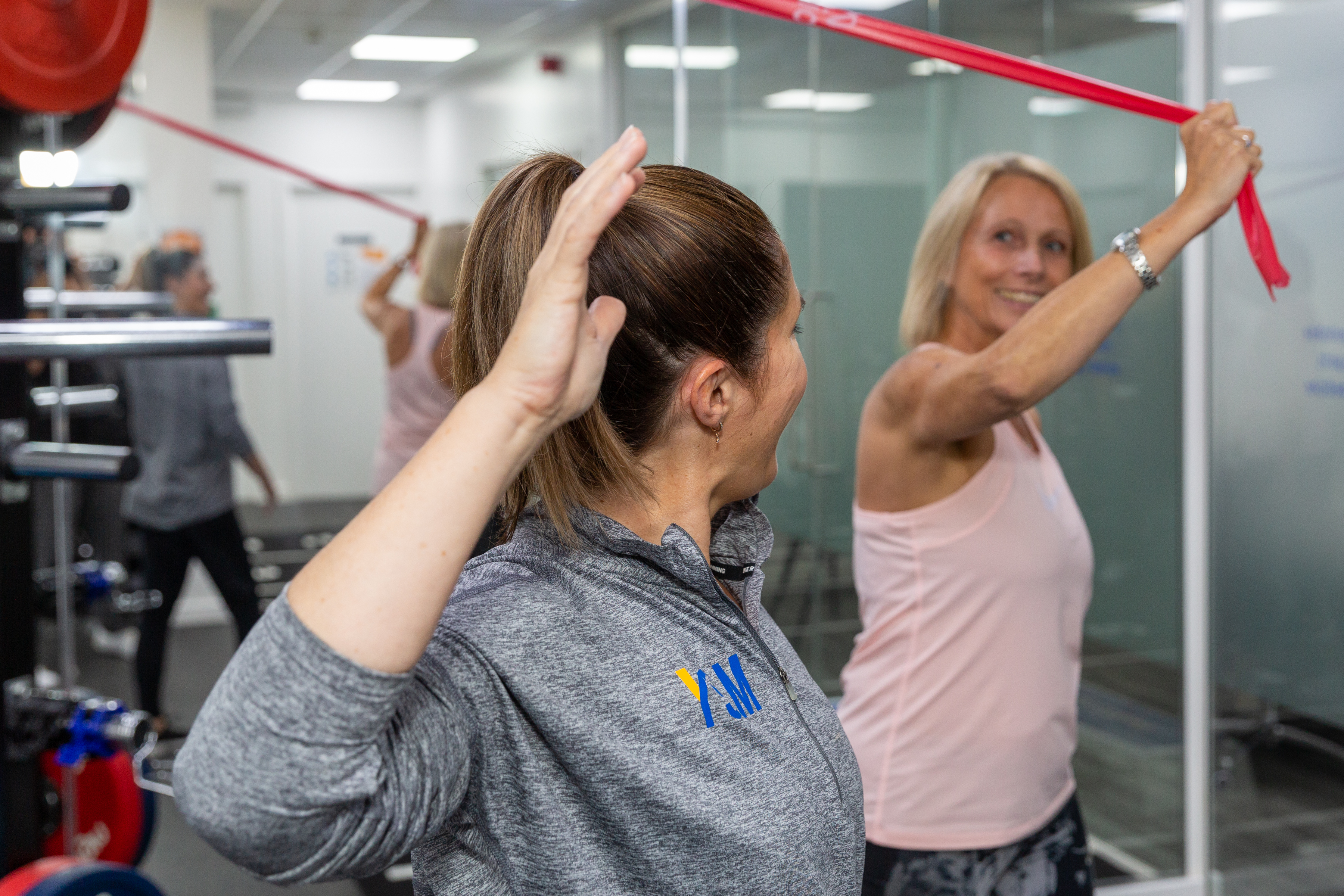Shoulder Impingement

Written by Mr Simon Boyle, Consultant Orthopaedic Shoulder Surgeon

What are the symptoms of impingement?
People with impingement report pain at the side of the shoulder and upper arm. It is usually worse with movements such as reaching out to the side, reaching around your back or performing overhead tasks. Sleep can be affected by the discomfort. Some people also describe weakness in the shoulder. This is commonly due to pain and as such it is common to avoid certain activities. Painful clicking and catching is also a common complaint.
What is shoulder impingement?
Impingement describes the way the shoulder tendons can catch and rub in the top of the shoulder. This can lead to the tendons and surrounding tissue becoming inflamed and swollen resulting in pain (bursitis).
What causes impingement?
Most commonly this occurs due to an imbalance in the muscles in the shoulder making the tendons more prone to catching. This is most frequently related to age, overuse, occupation (especially office based/driving jobs) and posture. Equally, impingement can be a problem for people who regularly attend the gym and play sports. In other cases impingement is caused by trauma (such as a fall) or due to the presence of bone spurs.
What treatment can be offered?
Impingement pain is best treated by a proper assessment followed by good Physiotherapy. Our highly experienced Clinicians at Yorkshire Sports Medicine Clinic with our one on one consultations will assess, diagnose and put together a treatment plan tailored to you and your condition and lifestyle, therefore bringing you a more holistic experience. Types of successful treatment requires improvements in posture, core strength and rebalancing the rotator cuff muscles.
Are any special tests needed?
No, however if your symptoms came on as a result of trauma and/or should your symptoms fail to settle despite Physiotherapy, then X-Rays and ultrasound/MRI scans provide good additional information to enhance your recovery. We can perform Ultrasounds at our state of the art facilities and we work closely with our partners to facilitate these scans ASAP. Imaging can be used to detect inflammation, bone spurs or even tendon tears.
What other treatments are available?
There are three routes that you can take to help treat shoulder impingement:
Physiotherapy – is the primary treatment for impingement pain. It is normal to need to rest and avoid activities that cause your pain if the discomfort is significant. (Many people take painkillers such as paracetamol or anti-inflammatory tablets when necessary. Your doctor will be able to advise and prescribe these for you.)
Injections – YSM can provide a variety of steroid injections. These can provide excellent pain improvement by reducing inflammation and swelling in the bursa (fluid sac above the rotator cuff tendons). Reducing the swelling can also provide more room for the tendons to move. The local anaesthetic effects are fairly short lived and steroids can take anything from a few minutes to a couple of weeks to take effect. Usually the pain relieving effects of the steroids can persist many months. Side effects of steroids are uncommon but can include:
- the injection not having any pain relieving benefit.
- damage to the rotator cuff tendons (especially if too many are administered).
- infection and post injection flare of symptoms (lasting 2-3 days in approx 5% of cases).
The risks and complications of injections will be discussed with you by your treating Clinician at YSM.
Referral to a Shoulder Surgeon – YSM will discuss with you about a referral if your Clinician deems necessary. This is used as a last resort where other treatments have failed to resolve the problem. Your Surgeon will be able to explain the pros and cons of surgery should you reach this point.

